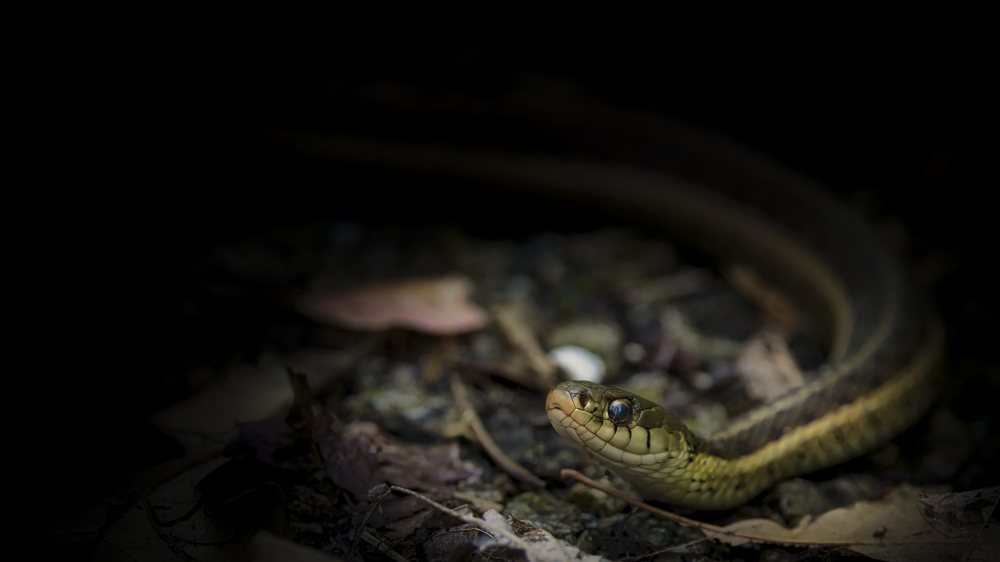
Easter Grey Squirrel
(Sciurus carolinensis)
The Eastern gray squirrel, scientifically known as Sciurus carolinensis, is a common squirrel species found in North America. It is one of the most recognized and widespread squirrel species in the region.
Appearance:
The Eastern gray squirrel has a robust body with a bushy tail. It typically measures around 17 to 20 inches (43 to 51 centimeters) in length, with the tail accounting for about two-thirds of its total length. The fur of the Eastern gray squirrel can vary in color, ranging from predominantly gray to brownish-gray. It has a white underbelly and often exhibits a white fringe of fur around its ears. The species is known for its large, bright eyes and sharp claws that help it navigate trees and manipulate food.
Range and Habitat:
The Eastern gray squirrel is native to the eastern and central parts of North America. It can be found across a broad range, from the eastern and southern regions of Canada to the eastern and central United States. The species has also been introduced to parts of western North America and some areas in Europe. Eastern gray squirrels are adaptable and can thrive in various habitats, including forests, woodlands, suburban areas, and urban parks.
Behavior and Diet:
Eastern gray squirrels are diurnal, meaning they are active during the daytime. They are agile climbers and spend a significant amount of time in trees, where they build nests called "dreys" using twigs and leaves. These squirrels are known for their remarkable jumping abilities, as they can leap up to 20 feet (6 meters) between trees. They have a varied diet, consisting of nuts, seeds, acorns, berries, fungi, buds, and even bird eggs or small vertebrates on occasion. Eastern gray squirrels are known to hoard food by burying it in numerous locations, helping them to find food during lean periods.
Reproduction:
Eastern gray squirrels typically mate twice a year, once in summer and once in winter. Males engage in energetic chases and vocalizations to attract females. After mating, the female constructs a nest in a tree cavity or a drey. The gestation period lasts for about 44 days, and the female gives birth to a litter of typically 2 to 4 young, called "kits" or "pups." The kits are born hairless and with closed eyes but develop quickly under the care of their mother. They remain in the nest for several weeks and are weaned after about 10 weeks.
Conservation Status:
The Eastern gray squirrel has a stable population and is not currently considered to be at risk. In some regions, however, it is considered an invasive species due to its introduction to areas where it is not native. As with many wildlife species, the Eastern gray squirrel can face challenges such as habitat loss and fragmentation caused by urbanization and deforestation. It is important to manage their populations appropriately to maintain ecological balance.
That provides an overview of the Eastern gray squirrel, a familiar and adaptable species found throughout North America.
